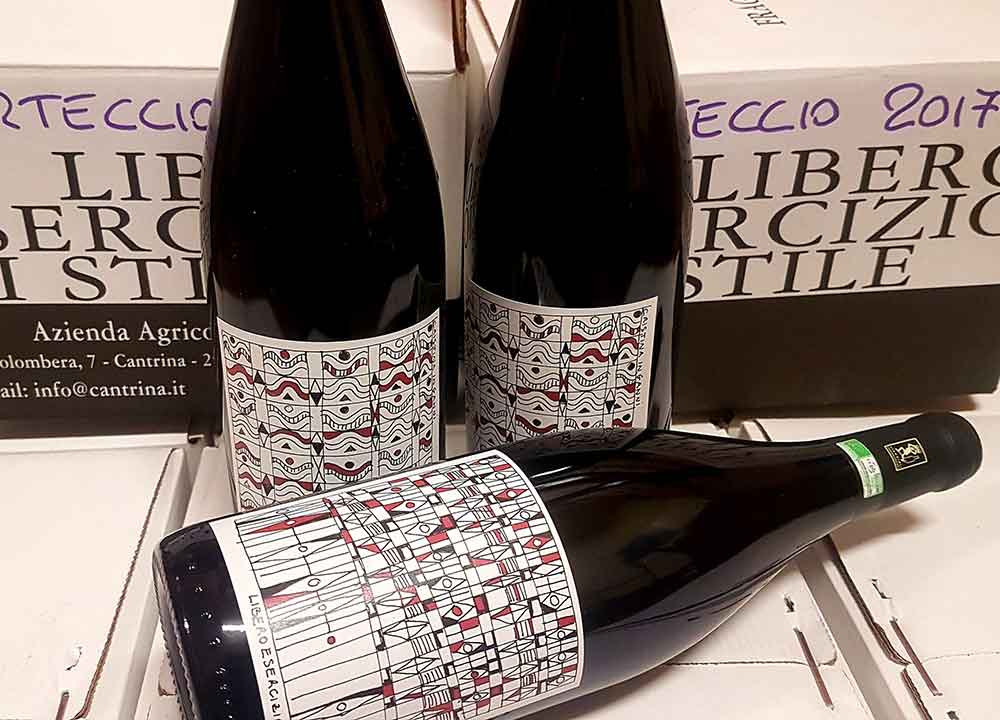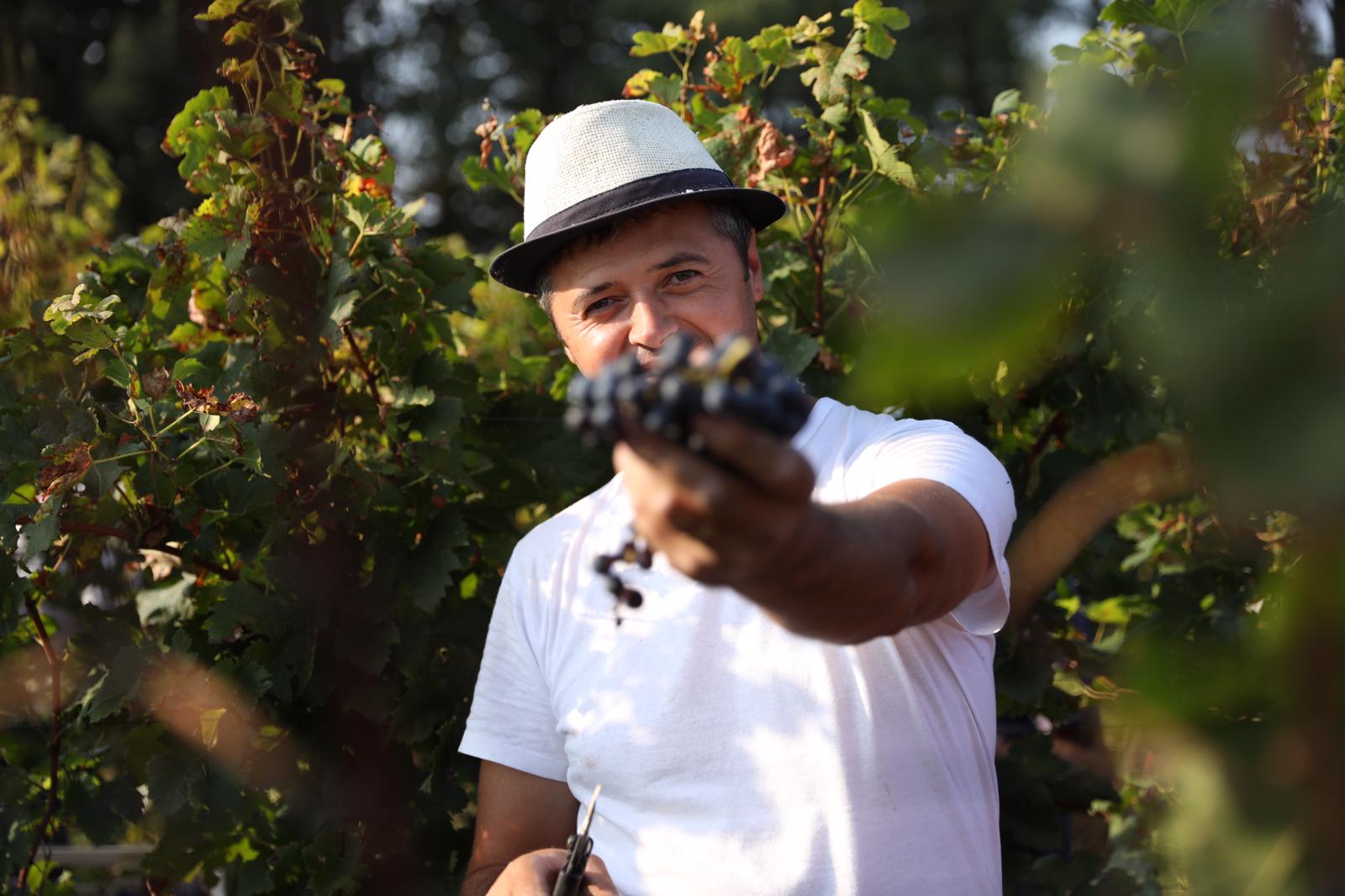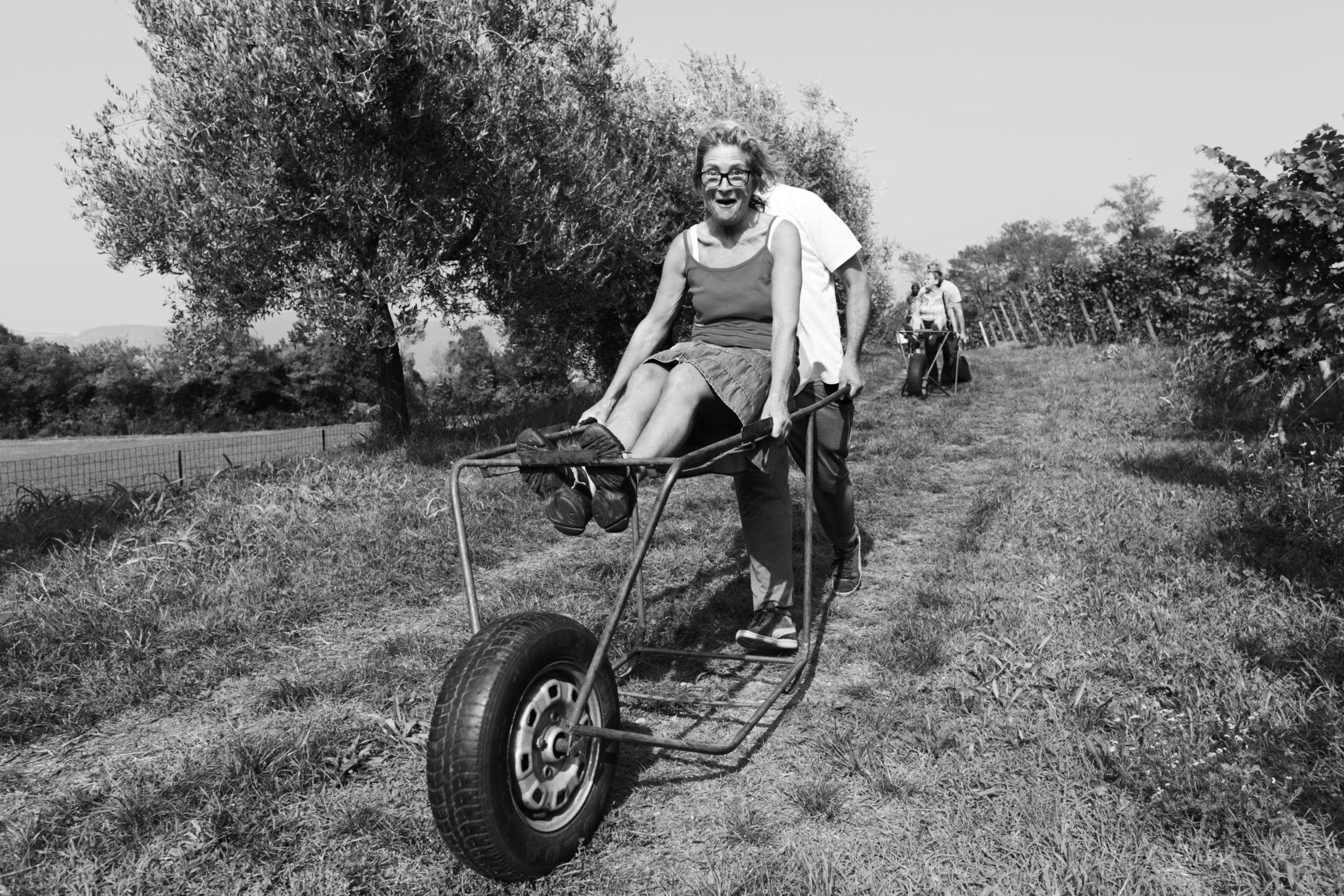

A NEW YEAR AND NEW VINTAGES ARRIVING
posted on 12 January 2020RINE’ GAINS A SCREW CAP
This coming March, the new 2018 vintage of Riné, its second vintage as a certified organic wine, will debut on the market under a screw cap for the first time, and so we want to talk a bit about this type of closure. We have been using this closure for some years now for Rosanoire, and since last year for our latest-born Valtènesi Chiaretto. We have found the results positive in terms of cellarability, soundness, and crispness, in particular over the medium- and long-term; our customers, often tired of opening wines that were tainted, have expressed full satisfaction. So, after these years of trials and careful study, we decided to give a screw cap to Riné as well, something that would add to the well-known ageability of this distinctive white, allowing it to preserve even greater aromatic intensity, a characteristic particularly expressive in the 2018 vintage. Given the screw cap’s sterility and hermetic seal, bottling wines is definitely made much easier, since less sulphites need to be used, which adds up to greater respect for the wine itself, for the terroir, and for the health of the consumer.
NEXT ON THE RETAIL SHELVES
As mentioned above, mid-February will see the release of Valtènesi Chiaretto 2019 Bio, March that of Rosanoire 2019 Bio and of Riné 2018 Bio. With regard to the reds, the first bottles of Zerdì 2017 Bio are already available, whereas the debut of the new Groppello 2018 Bio will have to wait for Vinitaly 2020. True, it’s not a real debut, since it’s the same wine that was labelled Valtènesi DOC, but we have again added to the label its grape variety and taken advantage of that to freshen up the label. And an interesting new development: in 2017 we were intrigued by a tank of Pinot Noir that spontaneously fermented with indigenous yeasts, which we then aged just in steel and bottled about a year from harvest, without using stabilisation, clarification, or filtration—another great example of a open-minded «exercice de style» à la Cantrina. The result, IGT Benaco Bresciano Pinot Nero Bio 2017 Corteccio, the old name for the first Pinot Noir-based wines in the years when we were just starting out. There are just a few hundred bottles, and we don’t yet know whether or when there will be more, but these are perfect for adventuresome wine-lovers who want to “taste outside the boundaries”. The bottles are indeed few.
Cristina and Diego
This coming March, the new 2018 vintage of Riné, its second vintage as a certified organic wine, will debut on the market under a screw cap for the first time, and so we want to talk a bit about this type of closure. We have been using this closure for some years now for Rosanoire, and since last year for our latest-born Valtènesi Chiaretto. We have found the results positive in terms of cellarability, soundness, and crispness, in particular over the medium- and long-term; our customers, often tired of opening wines that were tainted, have expressed full satisfaction. So, after these years of trials and careful study, we decided to give a screw cap to Riné as well, something that would add to the well-known ageability of this distinctive white, allowing it to preserve even greater aromatic intensity, a characteristic particularly expressive in the 2018 vintage. Given the screw cap’s sterility and hermetic seal, bottling wines is definitely made much easier, since less sulphites need to be used, which adds up to greater respect for the wine itself, for the terroir, and for the health of the consumer.
NEXT ON THE RETAIL SHELVES
As mentioned above, mid-February will see the release of Valtènesi Chiaretto 2019 Bio, March that of Rosanoire 2019 Bio and of Riné 2018 Bio. With regard to the reds, the first bottles of Zerdì 2017 Bio are already available, whereas the debut of the new Groppello 2018 Bio will have to wait for Vinitaly 2020. True, it’s not a real debut, since it’s the same wine that was labelled Valtènesi DOC, but we have again added to the label its grape variety and taken advantage of that to freshen up the label. And an interesting new development: in 2017 we were intrigued by a tank of Pinot Noir that spontaneously fermented with indigenous yeasts, which we then aged just in steel and bottled about a year from harvest, without using stabilisation, clarification, or filtration—another great example of a open-minded «exercice de style» à la Cantrina. The result, IGT Benaco Bresciano Pinot Nero Bio 2017 Corteccio, the old name for the first Pinot Noir-based wines in the years when we were just starting out. There are just a few hundred bottles, and we don’t yet know whether or when there will be more, but these are perfect for adventuresome wine-lovers who want to “taste outside the boundaries”. The bottles are indeed few.
Cristina and Diego




